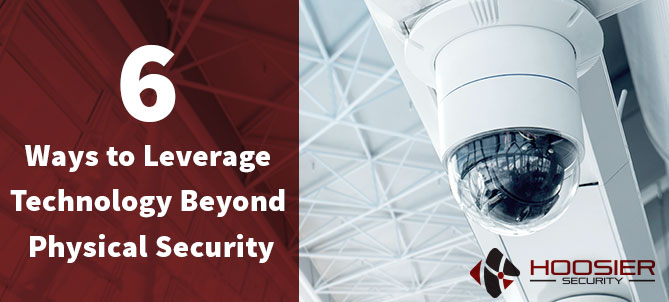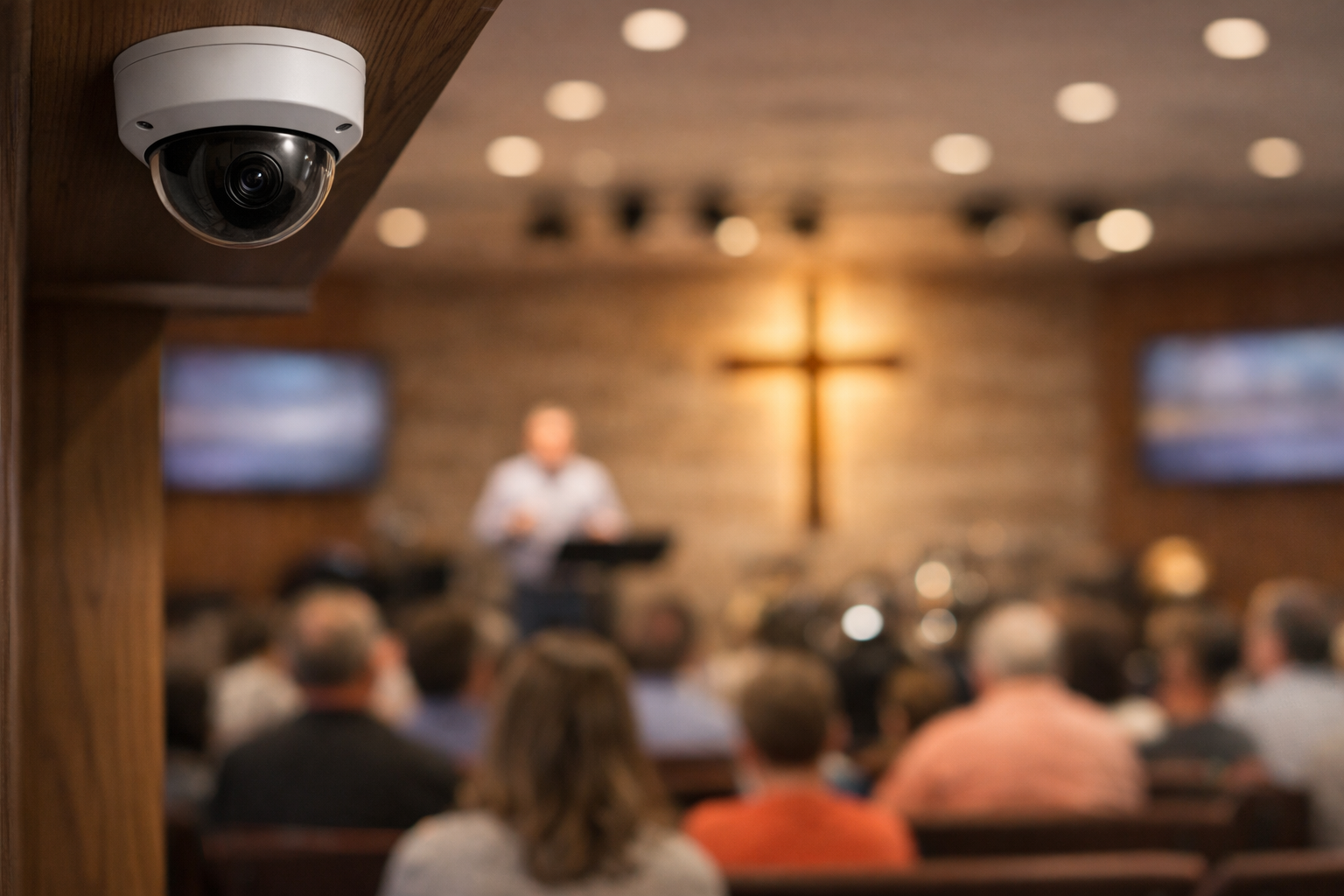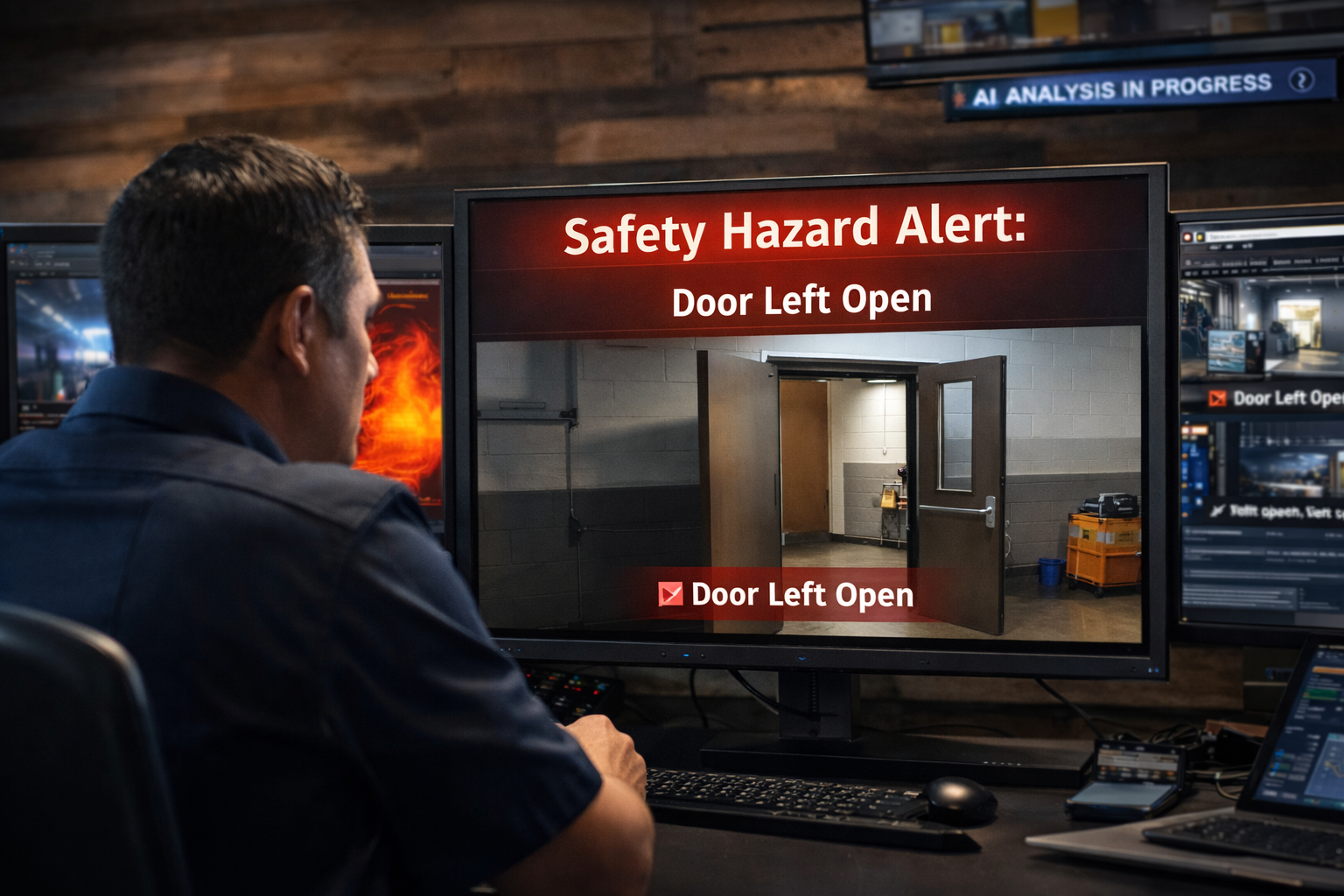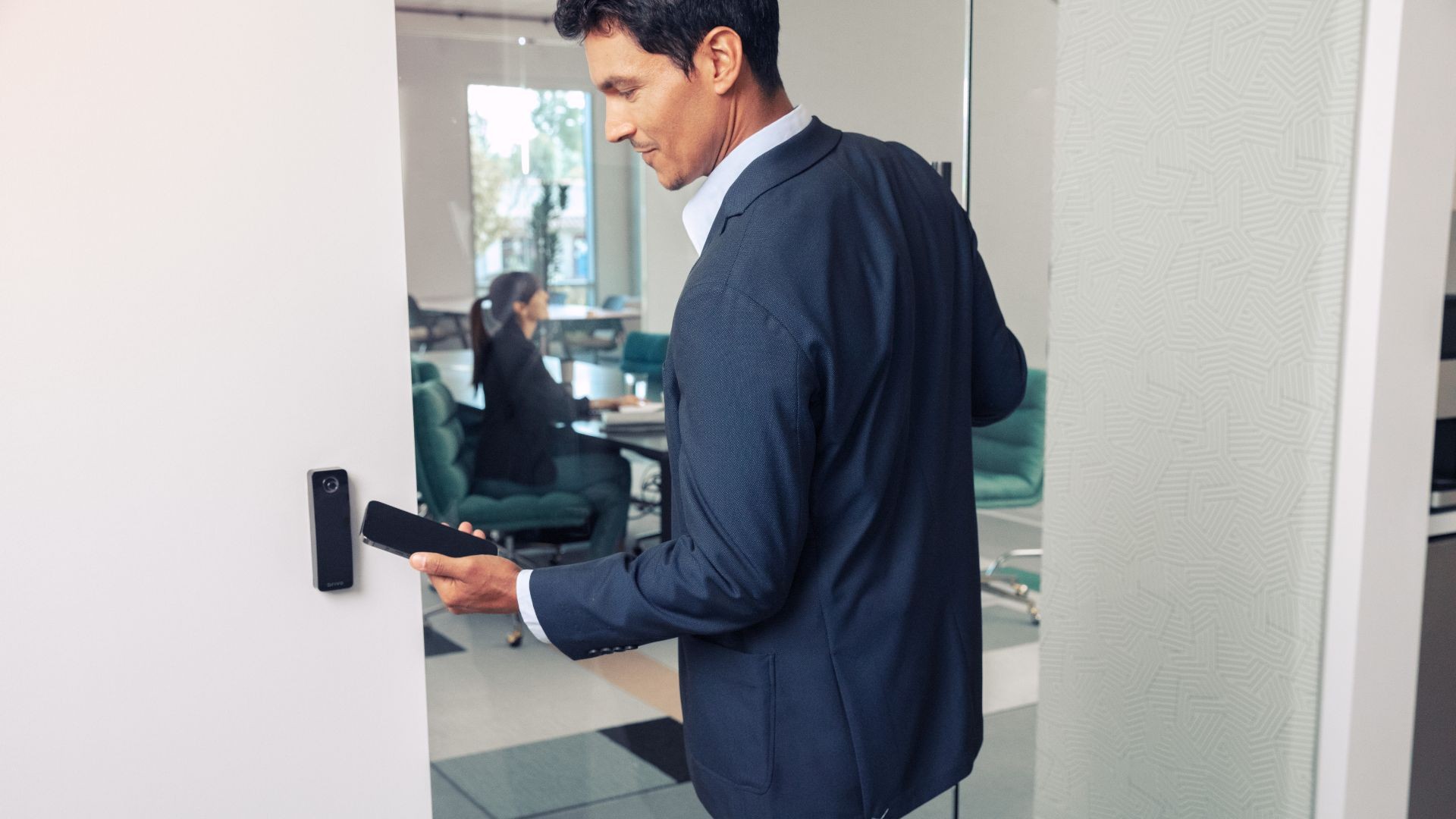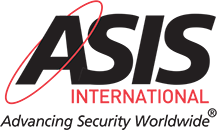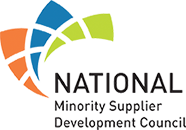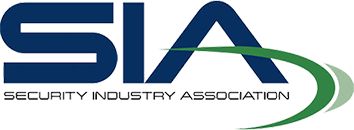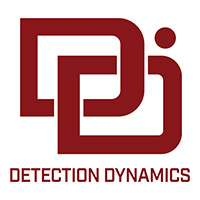Integrated solutions benefit operations, planning and more
Physical security today stretches beyond intrusion detection, access control, surveillance and traditional hardware components. Sure, well-planned and executed technology is the core of any professional offering, but a true systems integration company will focus first on the end-user’s challenges and pain points to develop a comprehensive, integrated approach that uniquely addresses the needs of the business. It’s all about problem solving — and providing service and reliability the customer can count on.
Every vertical market has its nuances. In supply chain and manufacturing logistics, the security and integrity of goods and products must meet the company’s overall goals for quality while ensuring timely delivery.
Today’s integrated solutions can assist beyond simply protecting the interior and exterior of the premises for this market. For example, video surveillance with analytics can track products and supplies as they enter and leave the facility during order fulfillment—yielding actionable business intelligence. High-resolution cameras can also address compliance with rules and regulations, especially critical in hospitality, food service or pharmaceutical production. High-resolution video also yields positive identification throughout a wide expanse of an area to identify any problems or exceptions, real-time, which may be occurring on the manufacturing or distribution floor.
Energy management and critical temperature monitoring can regulate and regularly assess temperatures in freezers or coolers and even automate processes—providing regularly generated reports and logs to email or smartphones that indicate and validate compliance—or alert when temperatures fall or rise beyond preset norms.
Intrusion detectors and access control can be used to control entry in restricted areas or stock rooms with high-value merchandise. Sensors and detectors can also be deployed to save energy and dial down HVAC or turn lights on or off based on occupancy, saving businesses on utility costs when employees are not in the area, or during off-hours, such as weekends or holidays.
Radio frequency identification (RFID) and Global Positioning Systems (GPS) can be deployed for fleet management, also to ensure timely handling and delivery of products.
Technology can optimize solutions and help companies attain a stronger return on investment and greater profitability. Hoosier Security is an expert in design-build specifications, custom-tailoring technology to address the specific needs of the logistics and manufacturing vertical markets. It always begins with a thorough site survey and consultative discussion with the customer. That’s just the beginning of the process, but technology never leads – your challenges take precedence.
Here are six ways to leverage a professional, integrated solution at your business:
- Automate and track plant procedures and processes,
- Keep track of regulations and other areas where compliance must be documented,
- Provide valuable operational insights which can be leveraged for marketing or business insights,
- Assess employee activity and/or provide information for training purposes,
- Ascertain safety compliance or evidence for worker’s compensation claims or other liability,
- Watch warehouse and stocking areas for internal and external theft, and more.
For the logistics and manufacturing markets, the challenges and pain points can be as varied as the business itself. Contact Hoosier Security today for an assessment on how you can leverage critical, integrated services and boost the bottom line.
